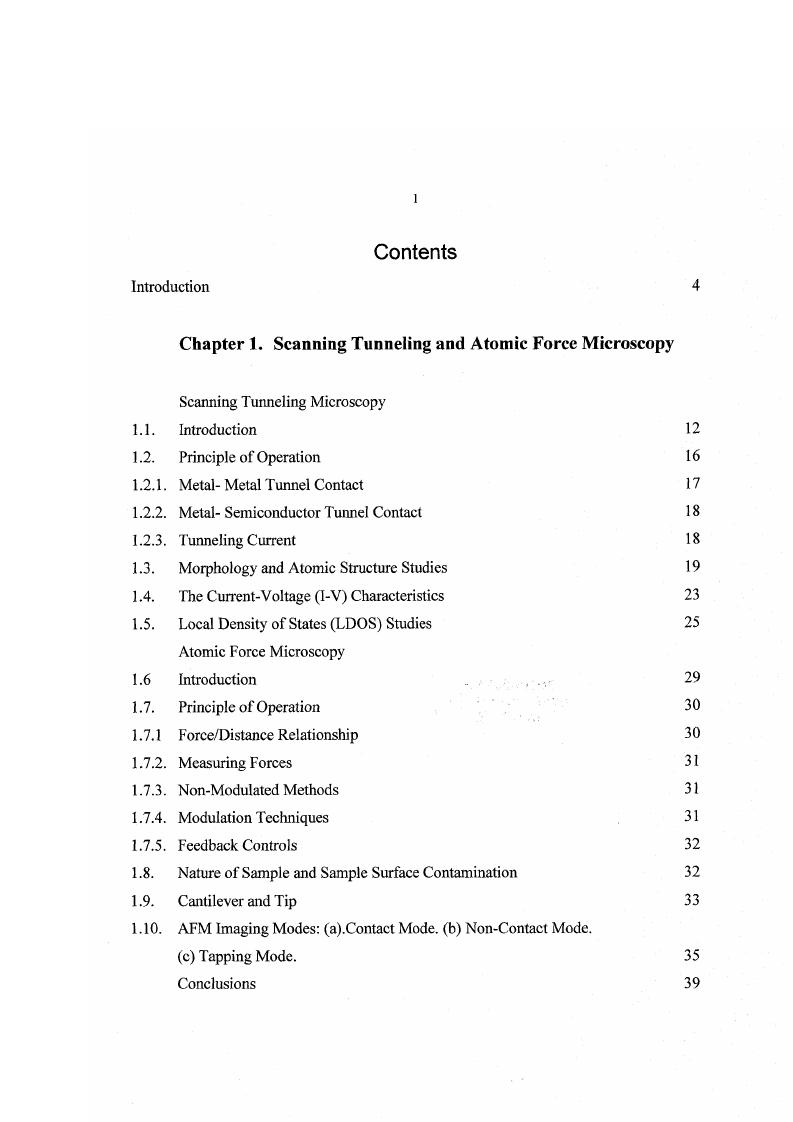Сканирующая зондовая микроскопия поверхности графита и углеродосодержащих покрытий

- Автор:
Вакар Зафар
- Шифр специальности:
01.04.04
- Научная степень:
Кандидатская
- Год защиты:
2001
- Место защиты:
Санкт-Петербург
- Количество страниц:
109 с. : ил
Стоимость:
700 р.250 руб.
до окончания действия скидки
00
00
00
00
+
Наш сайт выгодно отличается тем что при покупке, кроме PDF версии Вы в подарок получаете работу преобразованную в WORD - документ и это предоставляет качественно другие возможности при работе с документом
Страницы оглавления работы


Рекомендуемые диссертации данного раздела
| Название работы | Автор | Дата защиты |
|---|---|---|
| Эмиссия фотонов при взаимодействии электронов и ионов с поверхностью металлов | Поп, Степан Степанович | 1984 |
| Энергетические спектры высокодисперсионных электронных спектрометров | Марциновский, Иван Артемьевич | 2011 |
| Низкоинтенсивное электромагнитное излучение миллиметрового диапазона воды и водных растворов | Козьмин, Алексей Сергеевич | 2011 |